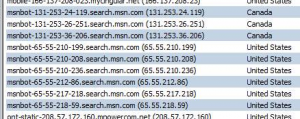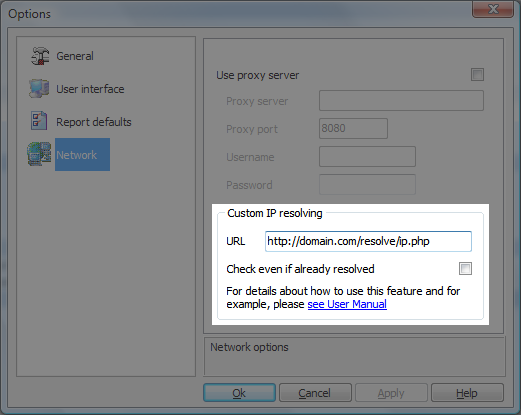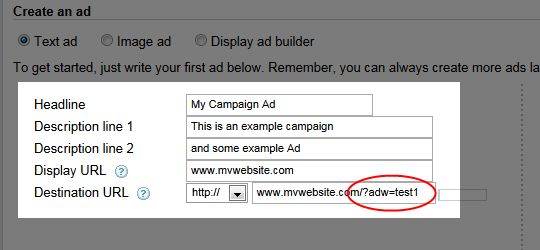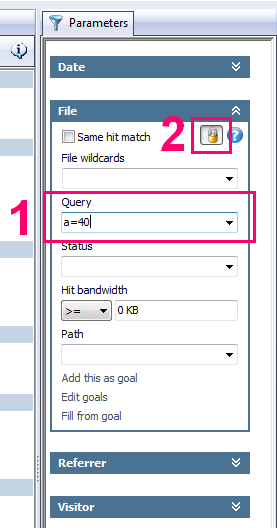Some of you might not be aware that starting with version 2.0 back in 2009 we have decided to switch to “free updates for a year” policy. Information about this can be found on several places (order page, blog here and here, emails, etc), but it’s probably easy to miss. To make this transition as painless as possible, we didn’t enforce this policy until v2.6, and we have embedded this information inside the application starting with v2.5 (which is still free for all v2.x customers). Also, the policy in last several updates are actually unofficially stretched to two years. Still, it seems that pain cannot be avoided completely. 🙂
The reason for this decision was that we are very conservative with raising major version numbers, even though, combined, all improvements between few minor updates (for example between 2.0 and 2.2 or 2.3), might deserve to be declared as v3.0 (you can see the link to the change history at the bottom of the home page to see if you agree or not).
On the other hand, there might always be an unfair feeling on customer’s side if they bought v2.8 and then we decide to put a v3.0 label on the next update – they would not be able to use it. And if we declare it as v2.9, they would, so it might seem a bit unfair for customers and also hard for us to “draw a line”. We felt that, in this case, as what we call “minor updates” are actually “moderate updates”, giving them for free within at least one year is more clear and it works better for both sides. Each of you can decide for yourselves if the improvements are worth now, in few years or never.
Of course, we can’t make everyone happy no matter how hard we try. I understand that it might be frustrating when this period is over, especially if you were not aware of the policy upfront, so if any of you have concerns about it, I encourage you to drop an e-mail so we can find a mutually acceptable solution.



